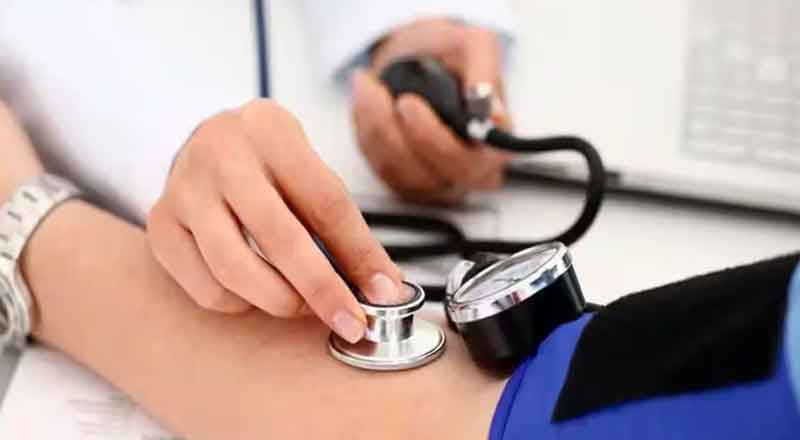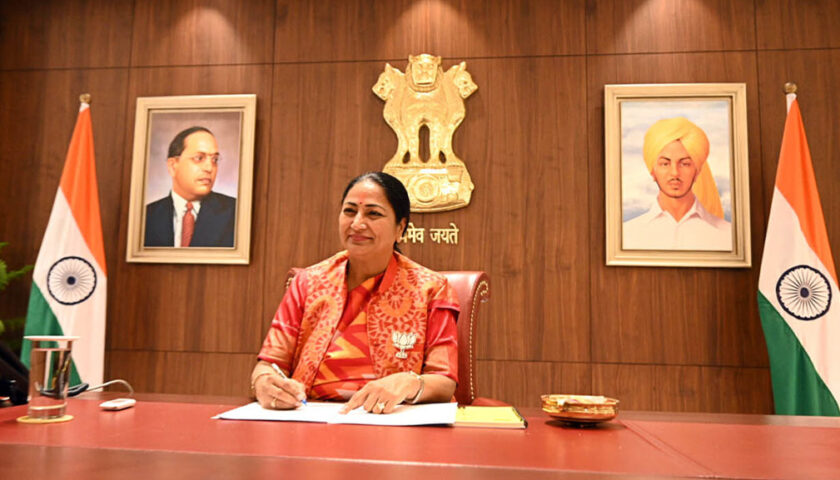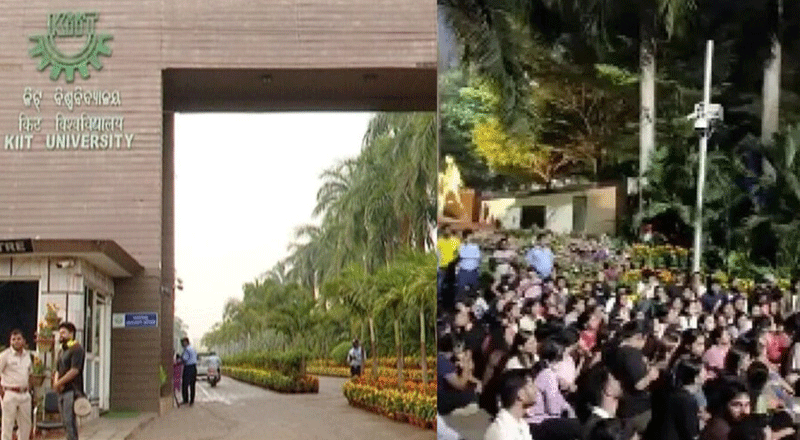- The World Health Organization (WHO) released its first-ever global report on hypertension.
- India would need to more than double its count of people with blood pressure under control to achieve even a 50 per cent control rate, it said.
- The report said 188.3 million people in the 30-79 years age group have hypertension, of whom 37 % have been diagnosed and 32 % receive treatment, but only 15 per cent have their high blood pressure under control.
- The prevalence of uncontrolled hypertension has declined slightly from 29 per cent in 2010 to 26 per cent in 2019, globally, but this is “insufficient” to achieve the target of 21 % by 2025, it said.
- India’s mean salt intake is about 10gm per day, double the 5gm per day threshold under 2019 data. Over a third of adults in the country are physically inactive, another risk factor for hypertension.
India would need to more than double its count of people with blood pressure under control to achieve even a 50 per cent control rate, the World Health Organisation (WHO) said on Tuesday in its first-ever global report on hypertension.
“In order to achieve a 50 per cent control rate, 67 million more people (in India) with hypertension would need to be effectively treated,” the WHO said, flagging concerns about a large proportion of patients with uncontrolled hypertension.
The report’s India section said 188.3 million people in the 30-79 years age group have hypertension, of whom 37 per cent have been diagnosed and 32 per cent receive treatment, but only 15 per cent have their high blood pressure under control.
The prevalence of uncontrolled hypertension, a condition that can trigger heart attacks or strokes, globally has declined slightly from 29 per cent in 2010 to 26 per cent in 2019, the report said. But this rate of decline is “insufficient” to achieve the voluntary global target of 21 per cent by 2025, it said.
The worldwide count of people living with hypertension, defined as blood pressure of 140/80mmHg or higher or taking medication for hypertension, has doubled from 650 million to 1.3 billion between 1990 and 2019, the report has estimated.
The report said nearly half of people with hypertension globally are currently unaware of the condition which can also lead to kidney damage, among other health disorders. Old age and genetics increase the risk of hypertension, but so do high-salt diets, lack of physical exercise and excess alcohol.
India’s mean salt intake is about 10gm per day, double the 5gm per day threshold under 2019 data. Over a third of adults in the country are physically inactive, another risk factor for hypertension. “Hypertension control programmes remain under-prioritized and vastly underfunded.”-The report said.
In addition to the challenges of public procurement experienced in most countries, it said the methods of forecasting and procurement were inadequate to meet the requirements of the scaled-up hypertension control initiative. There was also no mechanism to facilitate linking patient load to drug stock in health facilities. The WHO-recruited consultants working with the ministry and other partner agencies provided technical support and training to strengthen the medicine supply chain, including facilitating the development of state-specific treatment protocols, forecasting drug requirements and linking stocks with patients’ loads in health facilities.
These interventions helped ensure adequate stock and equitable distribution that made it possible to decentralize the programme to over 18,000 health and wellness centres.
(With inputs from agencies)





